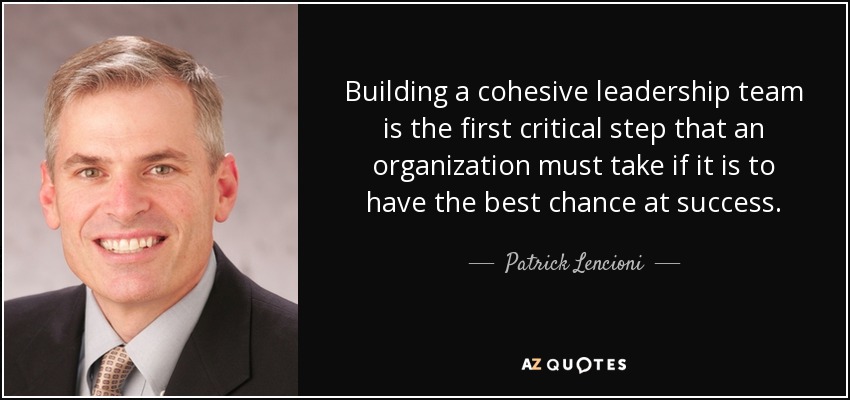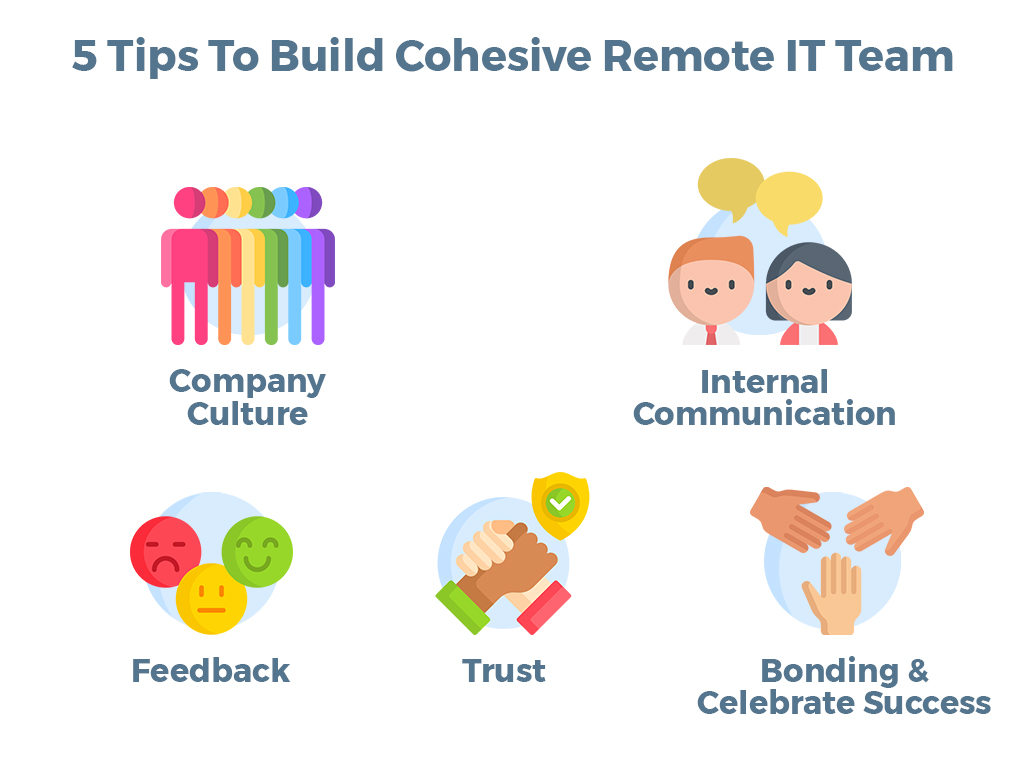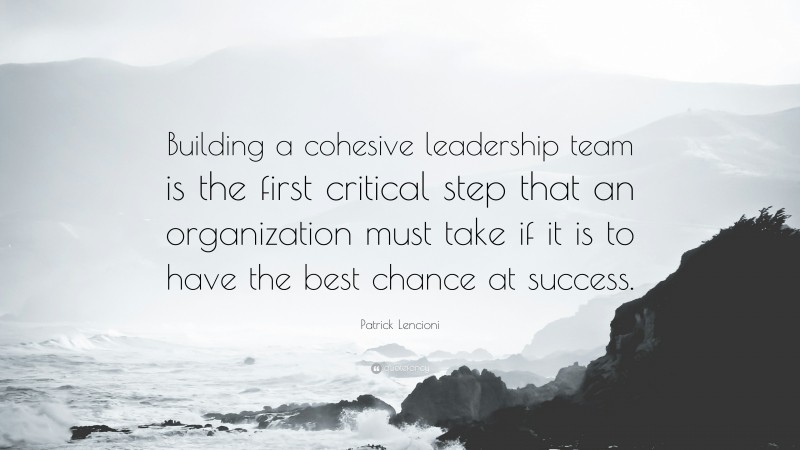Building A Cohesive Leadership Team
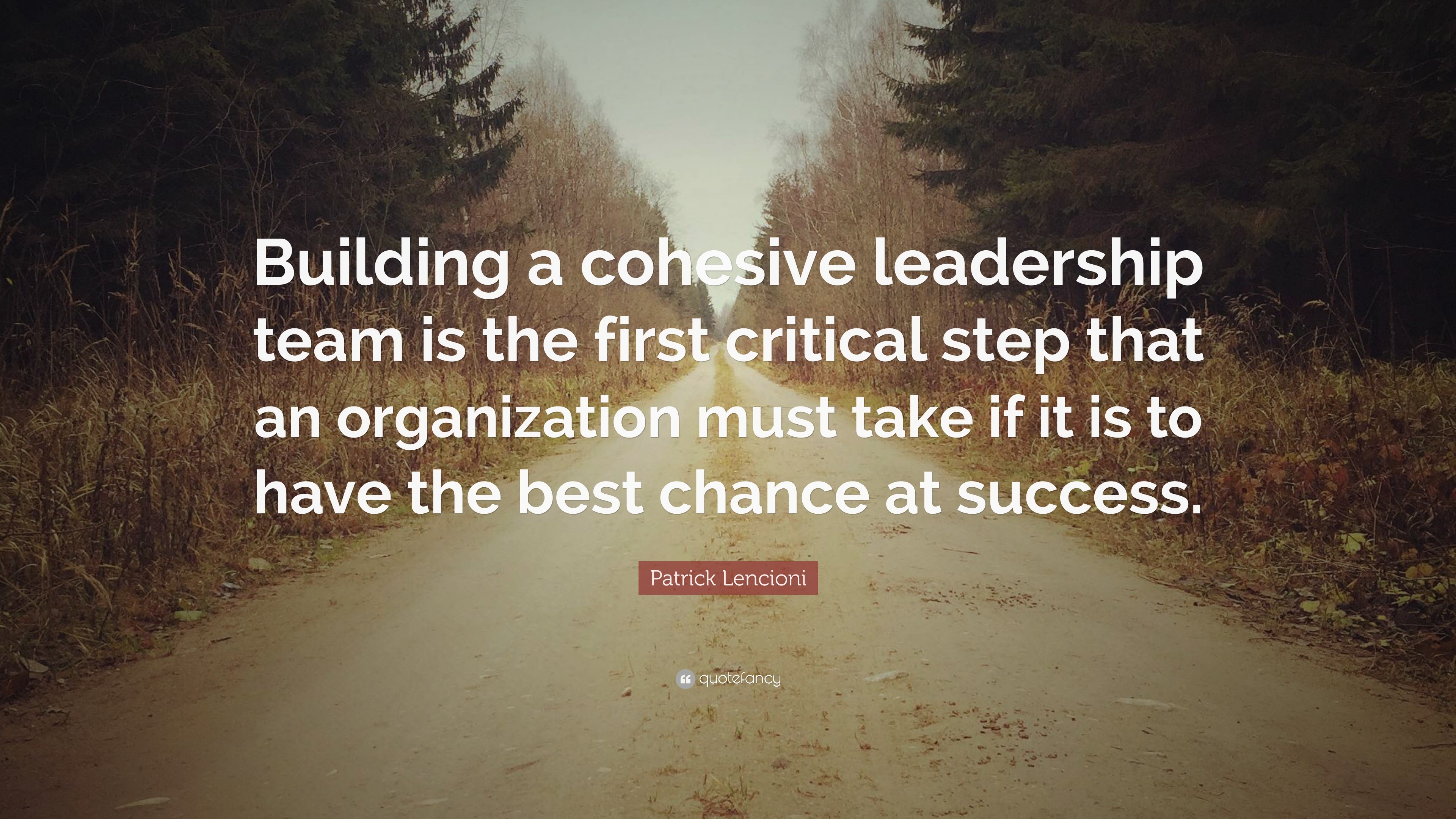
In today's dynamic business environment, the success of any organization hinges critically on the strength and unity of its leadership team. A fractured or dysfunctional leadership can lead to strategic missteps, employee disengagement, and ultimately, diminished performance. Conversely, a cohesive leadership team can drive innovation, navigate challenges effectively, and foster a thriving organizational culture.
Building a cohesive leadership team isn't merely about assembling talented individuals; it's about forging a group of leaders who can align their goals, trust each other, communicate openly, and work collaboratively towards a shared vision. The stakes are high, as research from organizations like Harvard Business Review consistently demonstrates a strong correlation between leadership team cohesion and organizational success.
The Foundation: Shared Vision and Goals
The bedrock of any cohesive leadership team is a clearly defined and universally understood shared vision. This vision serves as the North Star, guiding decision-making and ensuring everyone is rowing in the same direction. Without a shared vision, leaders may pursue conflicting agendas, leading to internal friction and strategic misalignment.
Patrick Lencioni, author of "The Five Dysfunctions of a Team," emphasizes the importance of leaders buying into a common objective. "When everyone is rowing in the same direction, it's amazing how quickly you can move the boat," he writes. Establishing clear and measurable goals linked to the shared vision provides a framework for accountability and collective achievement.
Trust and Psychological Safety
Trust is the glue that binds a leadership team together. Leaders must feel safe enough to be vulnerable, share their ideas openly, and challenge each other constructively without fear of reprisal. This requires fostering a culture of psychological safety, where mistakes are seen as learning opportunities, not grounds for punishment.
Research by Amy Edmondson at Harvard Business School has shown that teams with high levels of psychological safety are more innovative, more willing to take risks, and ultimately, more successful. Building trust requires consistent effort, including active listening, empathy, and a genuine commitment to supporting each other's growth.
Open Communication and Constructive Conflict
Effective communication is paramount for a cohesive leadership team. Leaders must be able to articulate their ideas clearly, listen attentively to others, and engage in constructive dialogue. This includes being willing to challenge assumptions, debate different perspectives, and address conflicts directly and respectfully.
According to a study by the Center for Creative Leadership, poor communication is a major contributor to leadership team dysfunction. Establishing clear communication protocols, utilizing tools for collaboration, and fostering a culture of open feedback can significantly improve team cohesion. Constructive conflict, when managed effectively, can lead to better decision-making and innovative solutions.
Embracing Diversity and Inclusion
A homogeneous leadership team, while perhaps more comfortable, can be susceptible to groupthink and blind spots. Embracing diversity of thought, background, and experience is essential for creating a leadership team that can effectively navigate complex challenges and connect with a diverse customer base.
Deloitte's research on inclusive leadership shows that inclusive teams are more innovative, more engaged, and more likely to achieve their goals. Creating an inclusive environment requires actively seeking out diverse perspectives, challenging biases, and fostering a sense of belonging for all team members. This includes promoting equal opportunities and providing mentorship and sponsorship to underrepresented groups.
Ongoing Development and Reflection
Building a cohesive leadership team is an ongoing process, not a one-time event. Regular team-building activities, leadership development programs, and opportunities for reflection are crucial for maintaining and strengthening team cohesion. This includes providing feedback, celebrating successes, and addressing any emerging challenges proactively.
Organizations like Korn Ferry offer specialized programs designed to help leadership teams build trust, improve communication, and align their goals. Investing in leadership development demonstrates a commitment to the team's growth and fosters a sense of shared purpose. Regularly assessing team dynamics and identifying areas for improvement ensures that the leadership team remains cohesive and effective over time.
Looking Ahead: The Future of Leadership Teams
As the business landscape continues to evolve, the importance of cohesive leadership teams will only increase. The ability to adapt to change, navigate uncertainty, and drive innovation will depend heavily on the strength and unity of the leadership at the helm.
Organizations that prioritize building cohesive leadership teams will be better positioned to attract and retain top talent, foster a thriving organizational culture, and achieve sustainable success. This requires a conscious and ongoing commitment to fostering trust, promoting open communication, embracing diversity, and investing in leadership development.
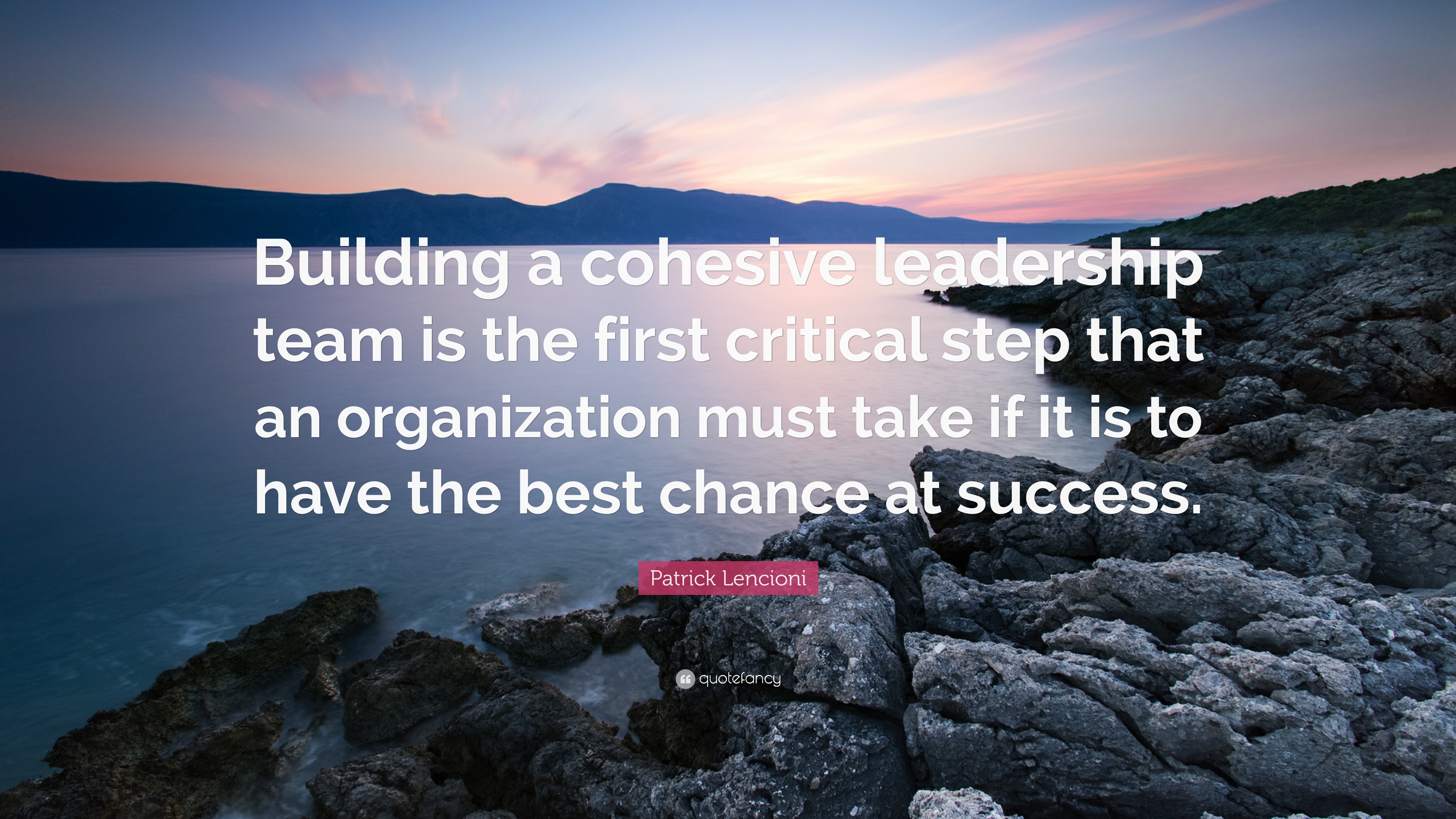

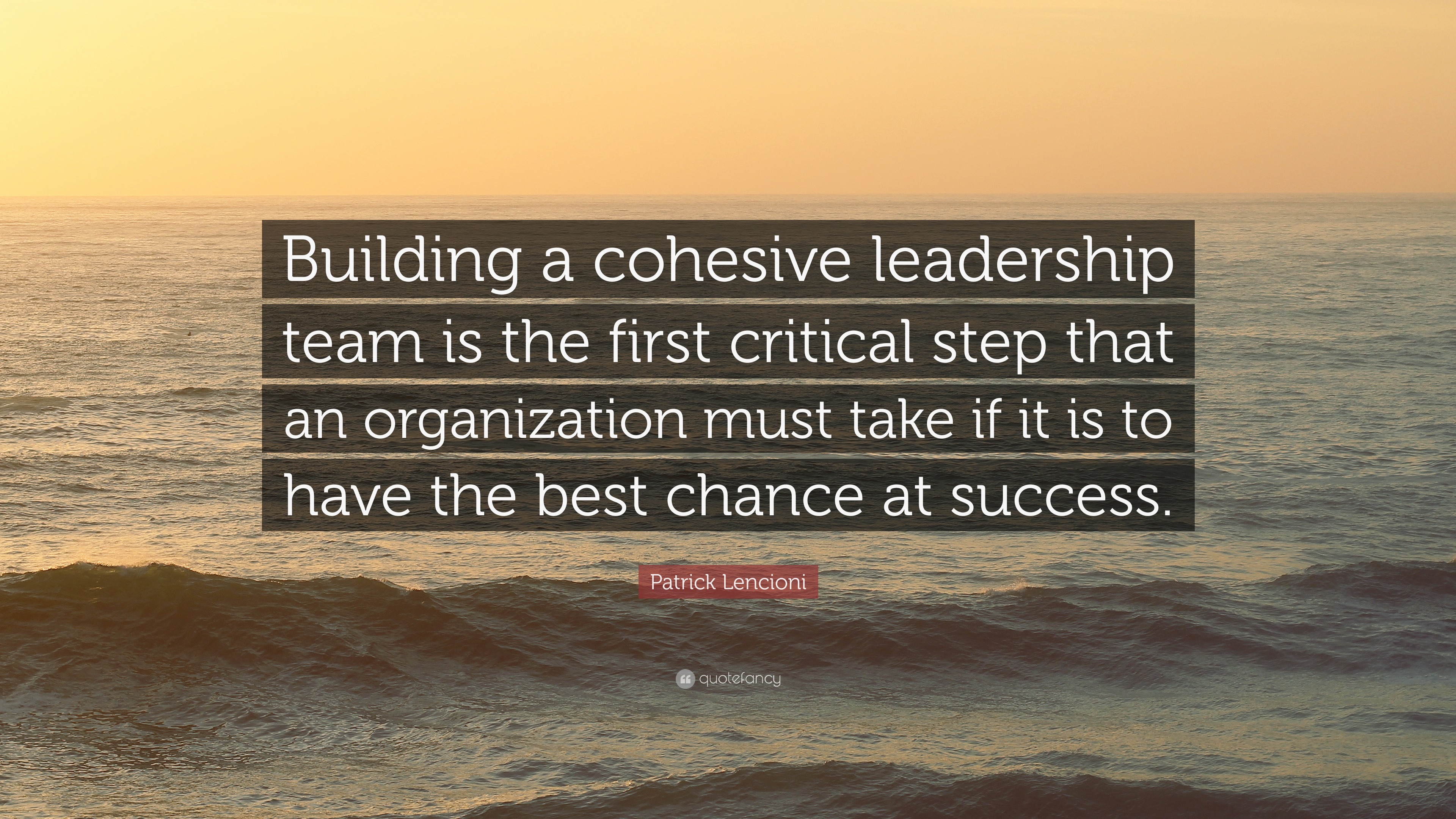

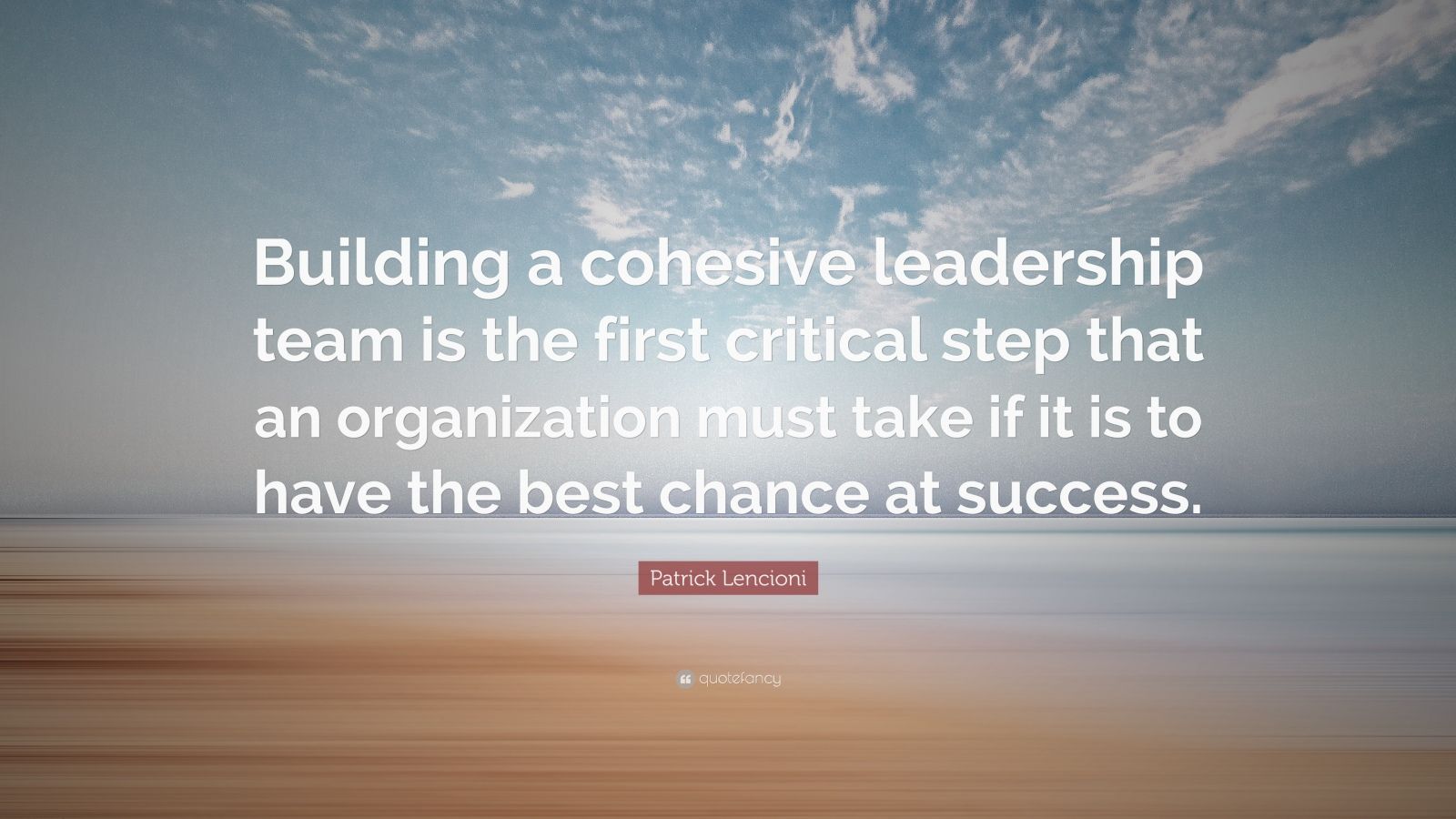
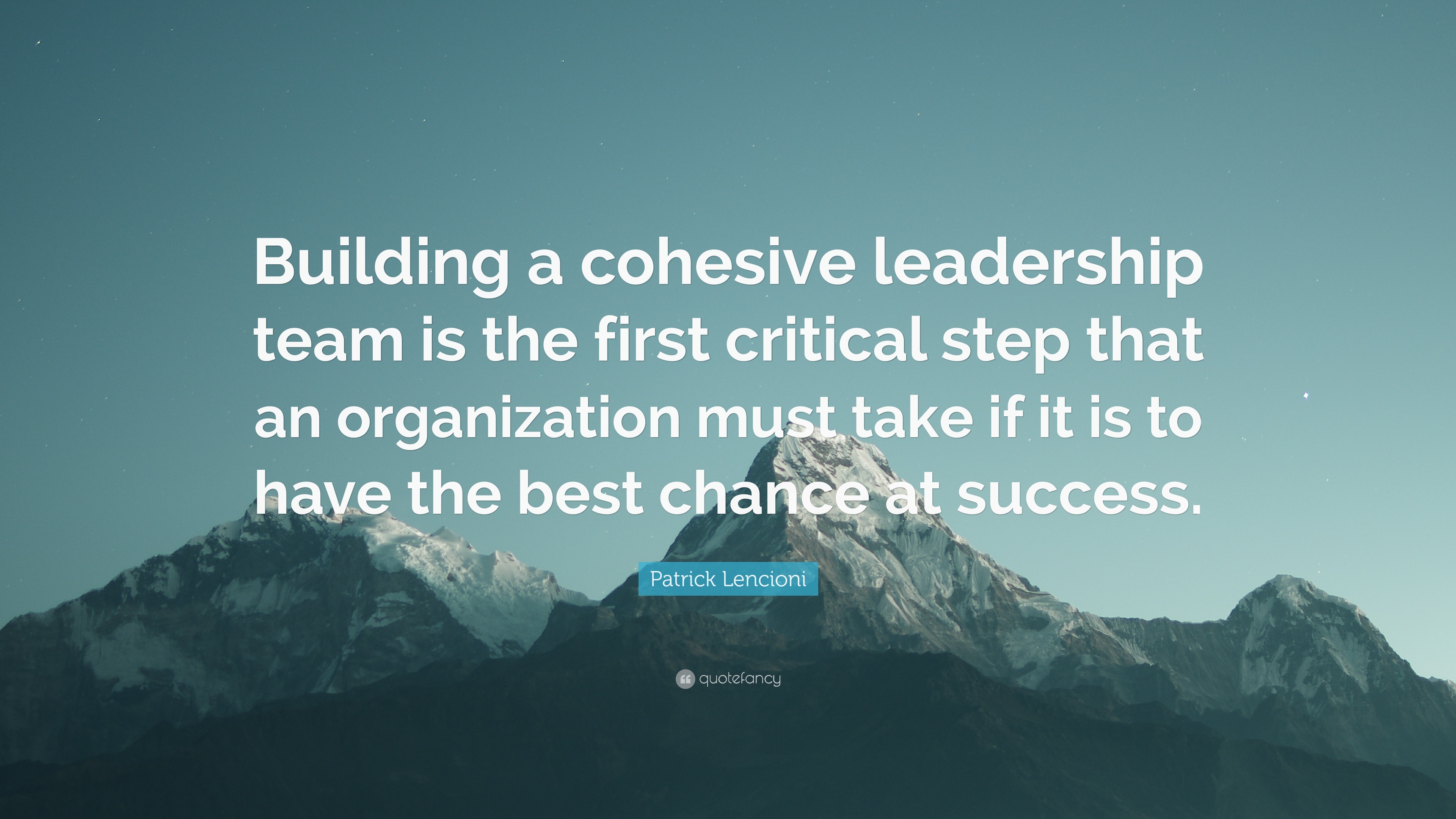



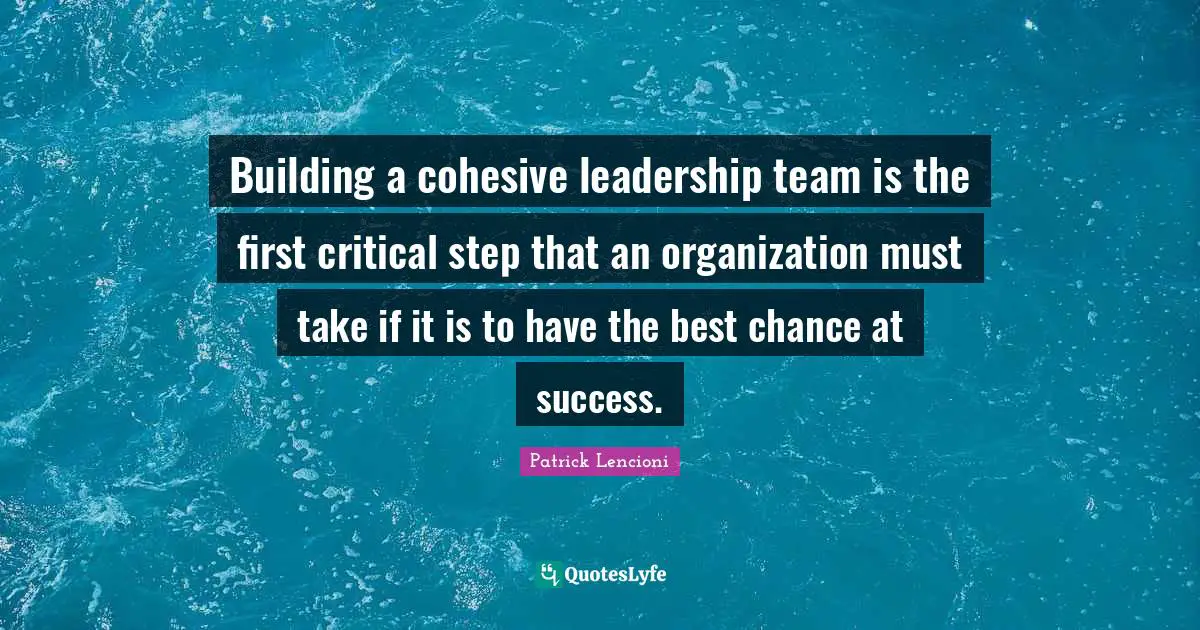

-1920w.png)


